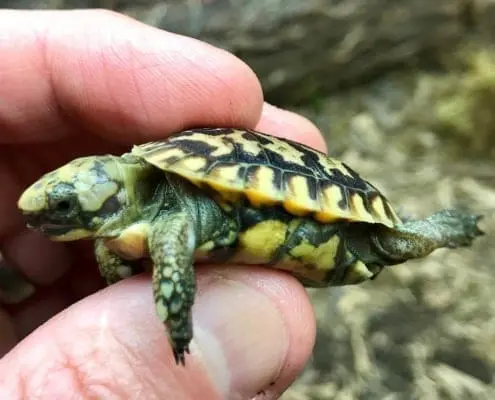Tiny Tortoise Species: The Happy Guide to Small, Captive-Bred Companions
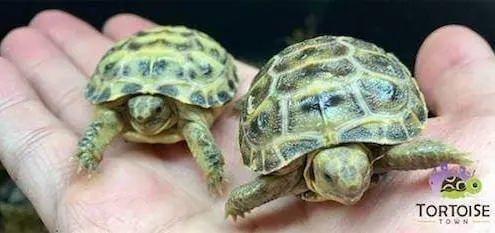
Tortoises for sale
Before you browse adorable shells, a quick pep talk: success with tiny tortoise species begins with planning. Even a small species of tortoise needs space to roam, a warm basking zone, a cooler retreat, and reliable UVB lighting. When those basics are steady, tiny tortoise species reward you with bright eyes, strong appetites, and delightful daily routines. Ready to smile? Let’s meet the stars of the small-shell universe!
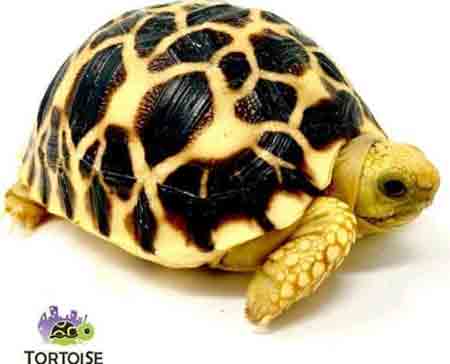
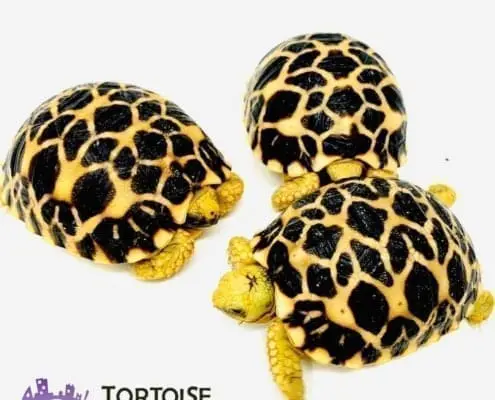
Russian Tortoise (Testudo horsfieldii)
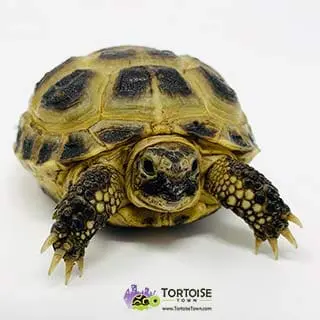
The Russian is a superstar among tiny tortoise species. Adults commonly reach 5–8 inches, making habitat planning approachable for apartments and smaller homes. Provide a dry, well-ventilated enclosure with diggable substrate (they adore burrowing). Target a basking surface of about 90–95°F, with a cooler area in the mid-70s to low-80s°F, and offer robust UVB 10–12 hours daily. A high-fiber diet of weeds and leafy greens—dandelion, plantain, clover, endive—keeps them thriving. Russians are famously curious; with gentle, regular handling, they become confident little explorers that greet you at breakfast like tiny, shelled roomies.
Greek Tortoise (Testudo graeca)
With sunny dispositions and attractive markings, Greeks are a classic choice in the family of tiny tortoise species. Many adults remain in the 6–8 inch range. Think Mediterranean: a drier, airy habitat, basking near 95°F, ambient warmth in the upper 70s–80s°F, and excellent ventilation. Multiple hides and sight breaks let your Greek choose privacy or sunbathing. Diet mirrors the Russian—fibrous weeds and dark leafy greens, minimal fruit, and no high-protein foods. Give them routine and they’ll repay you with calm confidence and adorable daytime patrols.
Hermann’s Tortoise (Testudo hermanni)
Colorful, compact, and lively, Hermann’s tortoises are perennial favorites among keepers of tiny tortoise species. Adults often top out around 6–8 inches. Provide a basking point near 95°F, a clean, mostly dry substrate, and robust UVB. Enrichment—logs, cork, edible weeds, and visual barriers—encourages natural foraging and exploration while maintaining a sense of security. A weed-heavy menu and consistent temperatures promote smooth growth and gorgeous shells. Once settled, a captive-bred Hermann’s is a daily delight: inquisitive, steady, and surprisingly expressive.
Egyptian Tortoise (Testudo kleinmanni)
The Egyptian is a true desert jewel, and one of the smallest of all tiny tortoise species—adults can remain under five inches. Because they are specially adapted to arid environments, husbandry must be precise: strong UVB, excellent airflow, a hot basking area that often reaches 95–100°F, and low ambient humidity. Their diet should emphasize tough, fibrous greens over watery produce. Egyptians can be sensitive to husbandry swings; choosing a healthy, captive-bred juvenile is both the kindest and the most successful path. With that foundation, you’ll enjoy a bright-eyed, tiny companion that thrives on routine.
Speckled Padloper (Chersobius signatus)
The Speckled Padloper is the poster child for tiny tortoise species, often described as the world’s smallest tortoise. This South African native is exquisitely specialized and therefore best kept by advanced hobbyists who can maintain very stable, arid conditions, careful UVB exposure, and a diet focused on fibrous, drought-tolerant plants. For most keepers, the Russian, Greek, or Hermann’s offers a kinder, more resilient introduction to tiny tortoise species while still delivering that irresistible petite charm.
Care Snapshot: Big Wins for Small Shells
- Enclosure & Layout: Floor space beats height. Even a small species of tortoise needs room to roam. Offer multiple hides on both warm and cool ends, with visual barriers to reduce stress.
- Heat & Light: Most Mediterranean tiny tortoise species do best with a basking spot of 90–95°F, a cooler zone in the 70s–80s°F, and 10–12 hours of quality UVB.
- Substrate: For arid/desert types, use clean, dry, diggable blends that don’t stay damp. Avoid dusty or scented litters.
- Diet: Emphasize weeds, grasses, and leafy greens; keep fruit modest and skip high-protein items. Provide fresh water; short, regular soaks benefit hatchlings.
- Hygiene: Spot-clean daily, refresh water frequently, and deep-clean on a schedule. Clean, bright habitats make tiny tortoise species active and hungry.
- Seasonal Sun: Safe outdoor time is wonderful in mild weather—ensure shade, a shallow water dish, and predator-proof, dig-resistant fencing.
Captive-Bred vs. Wild-Caught: The Ethical, Happy Choice
Taking animals from the wild can disrupt vulnerable populations and often leads to difficult acclimation. Wild-caught tortoises frequently arrive dehydrated, parasite-laden, and stressed by transport and unfamiliar diets. By contrast, a captive-bred tortoise is raised on appropriate foods, under proper UVB, and with human care from the start—so it adapts quickly, eats with enthusiasm, and settles into its new home with minimal fuss. For tiny tortoise species, which can be delicate, that difference is everything. It’s kinder to the animal, kinder to the environment, and kinder to your heart.
Why Tortoise Town?
Happy keepers consistently praise Tortoise Town as the best tortoise breeder in the USA. Their focus on robust genetics, transparent husbandry, and responsive customer support makes all the difference—especially with tiny tortoise species where a strong start leads to lifelong success. Well-started, captive-bred babies from Tortoise Town typically arrive feeding on appropriate greens, accustomed to UVB schedules, and ready to explore. That means fewer worries and more joyful shell-time from day one.
Matching Species to Your Home
Every small species of tortoise has a sweet spot. If your home is naturally dry with great airflow, Mediterranean species like the Russian, Greek, and Hermann’s may be perfect. For keepers who can maintain precise, arid warmth and very stable conditions, the Egyptian offers a rare, tiny treasure. Advanced hobbyists with expert setups may pursue the Speckled Padloper, but it’s wise to gain experience first. Whatever you choose, a captive-bred origin plus steady husbandry is the recipe for a long, happy journey with your petite friend.
When you’re ready to welcome a new companion, explore an ethical tortoise for sale from people who truly care about animal welfare. You can also connect with experienced tortoise breeders who will happily answer questions about adult size, habitat layout, and long-term planning. With a captive-bred start, consistent warmth and light, and a simple, leafy diet, your journey with tiny tortoise species will be joyful, sustainable, and wonderfully slow-and-steady.

